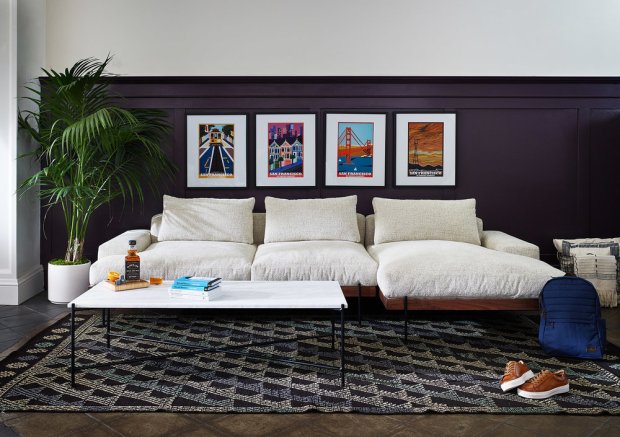Batch And Creating Omnichannel Context For Furniture Commerce

Furnishing a living space – whether it’s a house or an apartment – can be challenging work for those who are not design-oriented, particularly when it is their first time and they are trying make their home look like the dwelling of an adult human being.
It was an issue that Batch CEO Lindsay Meyer encountered when she purchased her first home in 2016 and had the simple and very reasonable desire that it look nice.
But wanting “nice” and being able to design it into place are very different things. For consumers still in school or just out of it, design considerations are generally secondary to considerations around price and function. If a piece of furniture is cheap (preferably free) and does whatever it is supposed to, odds are there is someone in their early 20s who wants it.
But most working adults who have a budget that extends beyond the free section on Craigslist would like their home furnishings to reflect that fact. That said, creating a look from scratch is not easy work – particularly if one is already working full-time.
“Today’s typical shopping experience is quite literally out of touch, since you can’t reach through your screen to touch that lust-worthy end table,” Meyer said. “But the solve isn’t a new store. It’s a new Batch. An immersive, inspiring shopping experience in a place that’s as comfortable and welcoming as your best friend’s home.”
Your best friend’s home but better, because everything in it can be bought and taken home with you.
Batch’s retail efforts come in both digital and physical flavors.
The brick-and-mortar Batch experience is found in San Francisco’s Russian Hill neighborhood, housed in a renovated 1916 firehouse. Described by reviewers as a “dreamhouse-turned-store,” it displays its wares via what it calls “installations” – seasonal displays that offer a full home showcase worthy of local or small, up-and-coming brands.
“We’re often the first place that [these companies go] offline,” Meyer noted. “So the feedback we receive is so meaningful, because we’re the first eyes and ears for their customers. The online shopping experience leaves a lot to be desired. We saw a more permanent, or evergreen, opportunity to work with brands seasonally to showcase their products, to test new concepts, get data and connect with customers offline in a new format.”
Which is not to say that Batch has given up on the digital world of sales – because it hasn’t. According to Meyer, it can’t: Consumers are entirely too digitally wired, not to mention the fact that not everyone can go to San Francisco to shop Batch directly. But even online Batch looks to differentiate its offering by keeping it tied to curations and context. Among the options open to consumers is the ability to buy a fully appointed room, or even a full apartment, at a reduced package price. The price might still be high – a kitchen package with table, chairs, tabletop items, cutlery and cookbooks comes at a cost of $4,000, which is not a tiny sum. But the same collection of items purchased individually would cost the customer $5,423, so the savings are genuine.
The next big step for batch, Meyer noted, is finding new ways to expand their physical retail concept, without necessarily building out more large and complex showrooms like they have in San Francisco. That might include pop-ups, but with a different twist on the norm. Batch is currently working with real estate developers and realtors of multi-unit residential buildings to set-up “satellite spaces” or short-term shops. Customers will literally get the at-home feel of Batch, because the “shops” will in fact be homes.
And, of course, customers will be able to buy what they see on display, or even purchase the whole thing as either a one- or two-bedroom package.
“These in-home, browse-and-buy opportunities allow you to see other expressions of the same products,” added Meyer.
Commerce, she noted, is increasingly becoming about context, and catching the consumer at just the right moment of interest and intention to secure a buy. In the world of retail, Batch believes the key will be creating environments “where products are placed in non-store spaces for more intimate interactions.” Customers need more than new stores, Meyer said – they need new approaches to operating retail locations so the shopper barely knows she is in a store at all.
